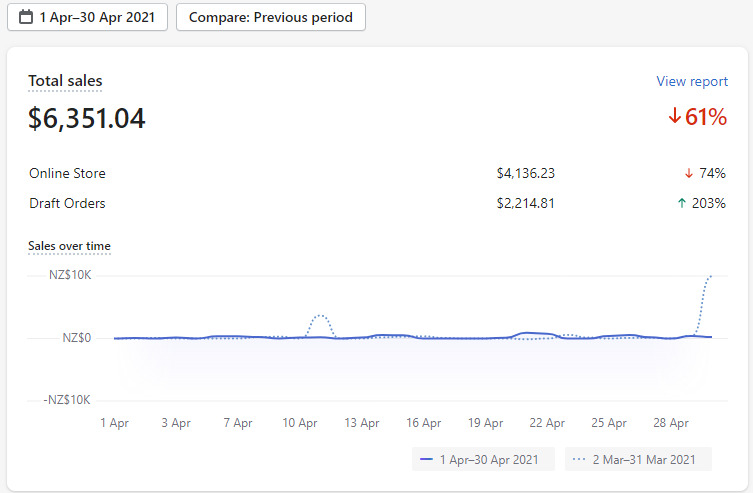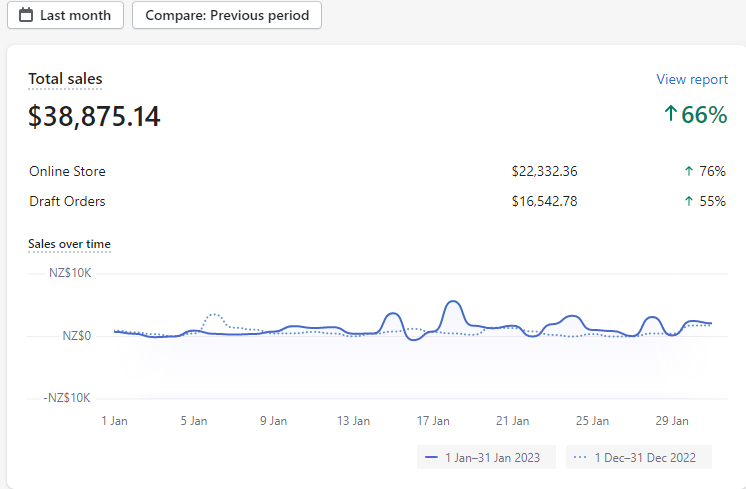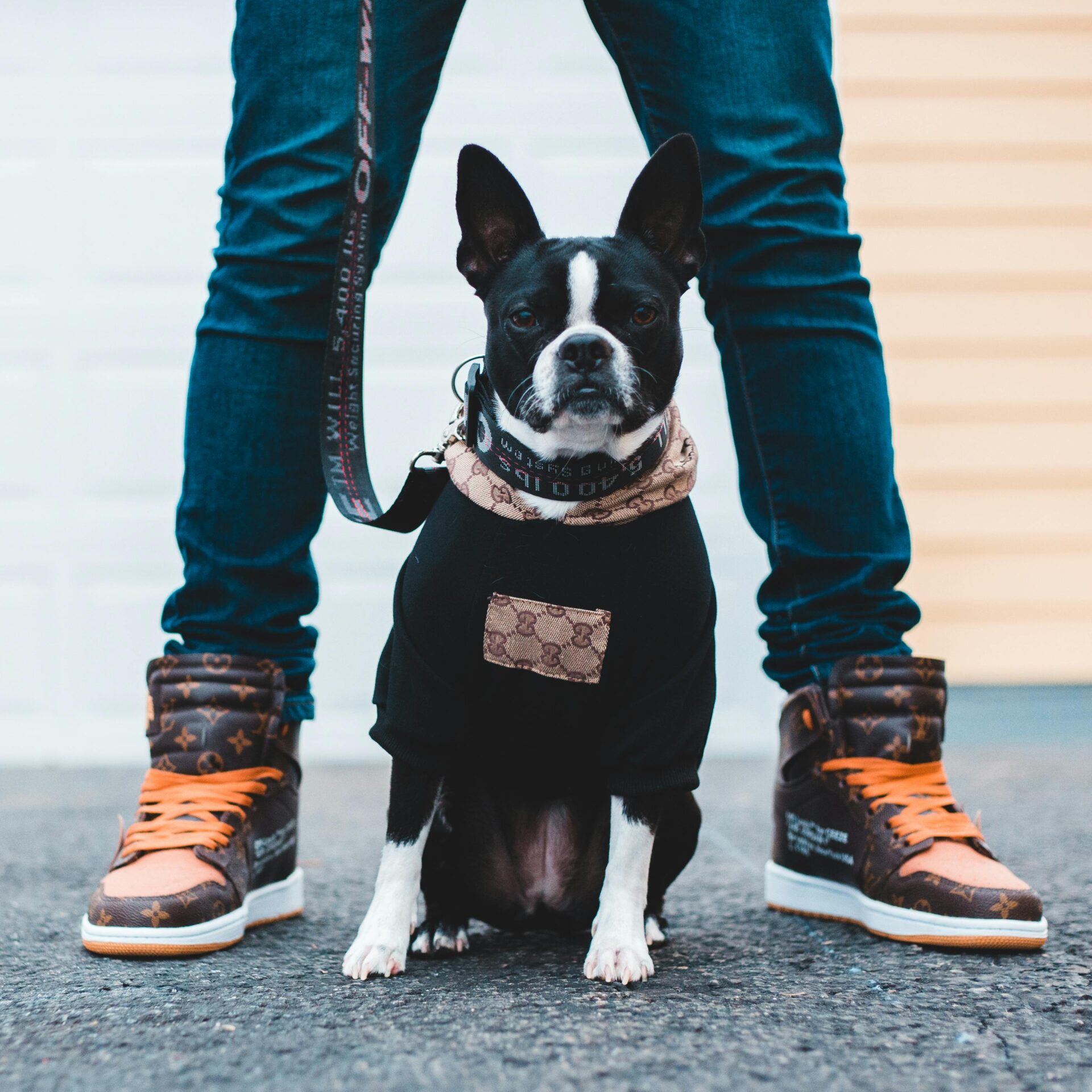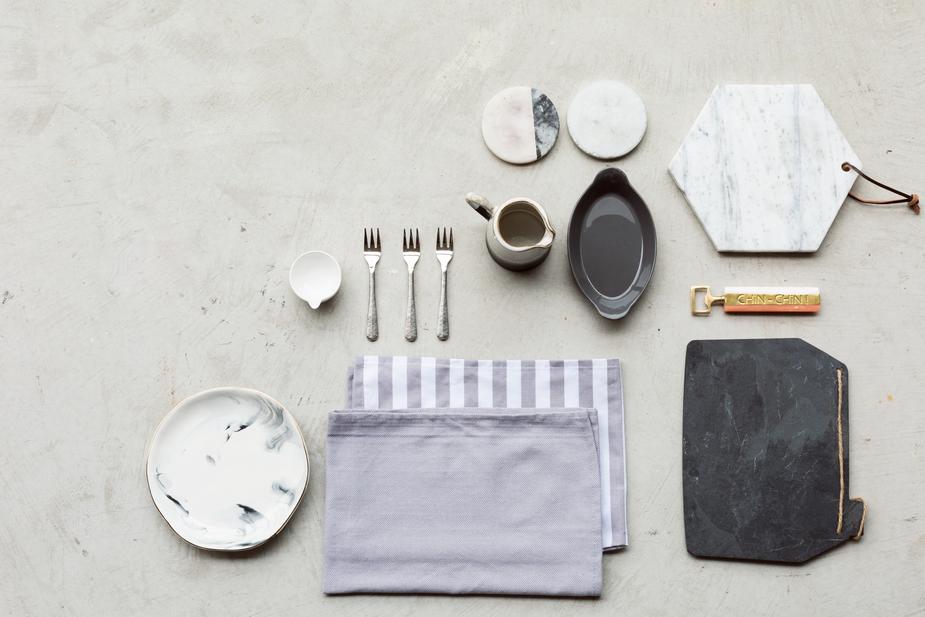Performance Summary
Sales/Revenue: 2000% Increase after 22 months working with us
Store Sessions: 3876% Increase after 22 months working with us
Store Niche: Automotive – NZ/AU/US Markets
Blended ROAS: Over 10x

Introduction:
This client of ours sells Automotive parts to the big 5 markets. We’ve been in charge of managing, optimizing & scaling their paid search & paid social campaigns for the past 2 years.
We’re proud to be sharing this case study as we’ve helped this small business realize it’s potential, and we see them continuing to grow from here.
Over the past 22 months, literally hundreds of different campaigns, ad groups, ads, experiments & split-tests have been carried out. It would take far too long to dive into exact details, so we’re going to break down the best performing strategies, tactics & placements so that you can try this out for your business and hopefully generate a ton of sales!
Google Ads Case Study – Let’s Dive In!
Google Ads is the bread and butter for any store with a large product catalog. We find Shopping & PMAX ads perfect for automotive brands since they tend to have larger catalogs for the diverse range of vehicles on the market.
This is perfect for us as advertisers, since people know what they’re looking for in terms of vehicle, part, etc. so all we’re doing here is matching their search intent with our product.
In terms of account/campaign structure, we used the following setup:
- Performance Max – NZ
- Performance Max – AU
- Performance Max – US
At the Adgroup/Product group level, we used the following segmentations:
- Product Collection
- Price Brackets (e.g under $100, $100-250, $250-$500, $500-$1000)
- Product Type
Product groups are super important when you have larger catalogs. It will allow you to optimize spend based on higher performing product groups. From there you’ll be able to reduce spending on or even exclude entirely unprofitable product groups. You can then segment each group by individual product ID to get even more granular. This is how you optimize towards profitability over time, and scale.
Another needle moving optimization we made, was optimizing our product data feed to ensure Google has as many datapoints as possible.
This is a hugely underrated optimization area, as it’s not a very glamorous task. Since Shopping ads are entirely dependent on your feed, there’s no way we can target keywords ourselves. As long as you make sure your Product Feed data quality is on point, Google will do all the heavy lifting in terms of knowing which keywords/search terms to bid and show our ad on.
The most important datapoints in your feed are:
- Product titles
- Product images
- GTIN/MPN
- Google Product Category
- Other Attributes (material, size, condition, etc.)
This was the difference between us seeing 2-3x in our ROAS, and pushing to 4-5x territory. You’ll find your traffic quality will improve so conversion rates are higher, while wasted spend on inefficient products decreases too as Google will be matching you with more higher quality search terms overall.
By following these optimizations and more, you can expect to achieve a strong ROAS on Google Ads for your Automotive store too!
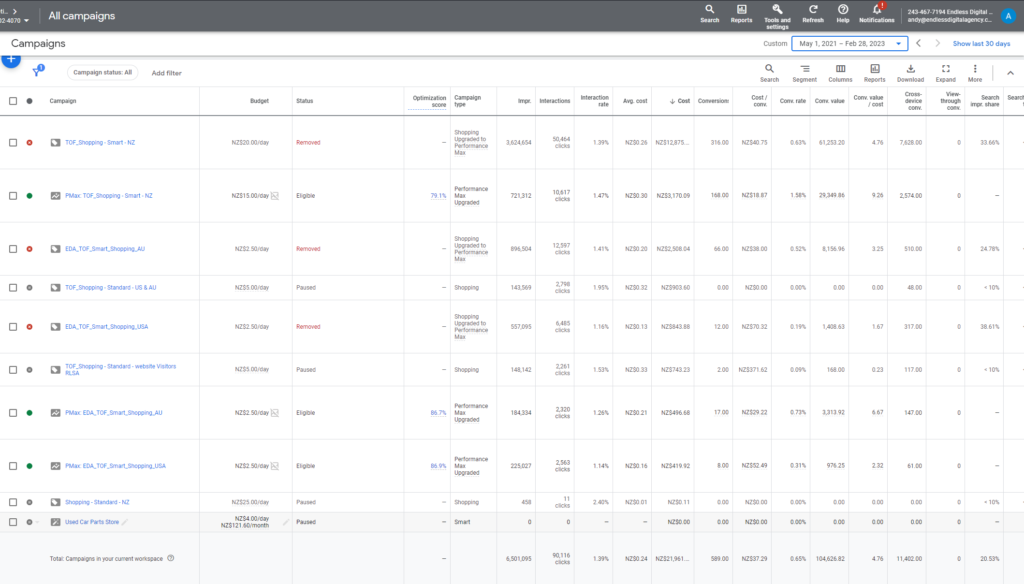
Facebook Ads Case Study – Let’s Dive In!
We also used lead-gen and traffic ads to increase customer enquiries as many customers like to convert over email/phone for products not available on the website yet.
This is why it shows such a high value of draft orders in the Shopify dashboard, and we also keep in mind that this isn’t reflected in the ROAS report. While we’re achieving a 5x ROAS on conversion ads, in reality we’re getting around 10x on paid traffic due to enquiries and their sales team converting our leads.
Here is the setup we used:
TOF:
- Advantage+ Shopping – Dynamic Catalog – Broad Targeting (Utilize product sets of different collections)
- Conversion ads – Broad automotive parts interests as well as manufacturer audiences worked well here
- Traffic ads – This client sells through phone and message enquiries, so we run this ad to a parts request form on their Shopify site to collect enquiries. It gets a very low cost per lead (CPL) doing this strategy.
- Dynamic Carousel ads using the product feed is our main retargeting strategy. Since we’re running heavy Google Shopping ads + Advantage Shopping campaigns using the product catalog, most of our traffic is going direct to product page already, so it makes sense to use DPA placements to retarget prospects with the exact item they were viewing on the website.
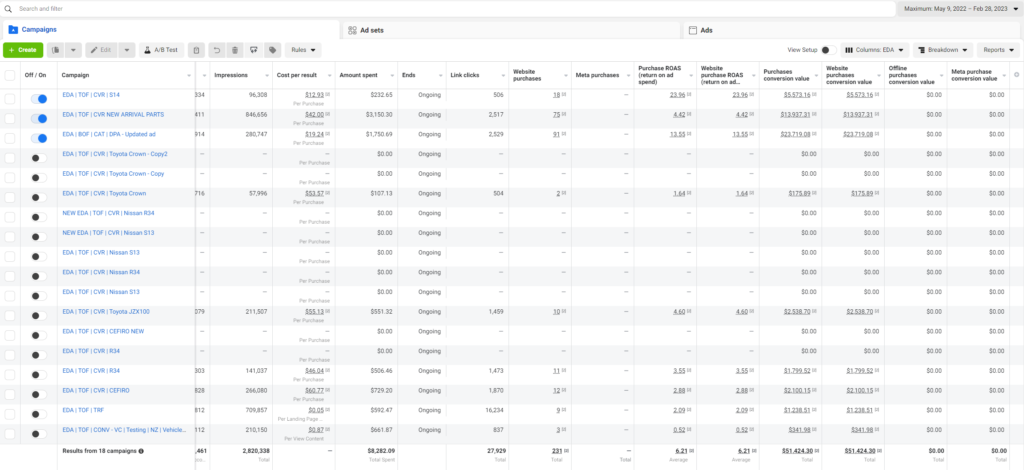

Conclusion
We’re proud to have scaled the client’s sales from $5k per month, to now pushing close to $40k per month in revenue. And the crazy thing is the only limiting factor is the client’s inventory.
This equates to over 2000% increase in online revenue, and over 3800% increase in store traffic since working with us.
We would love to push the boundaries and scale this even further but our client’s supply just cannot keep up. We’re working with them to improve the logistics in their business so we can take it up a notch to the $50-100k per month territory.
